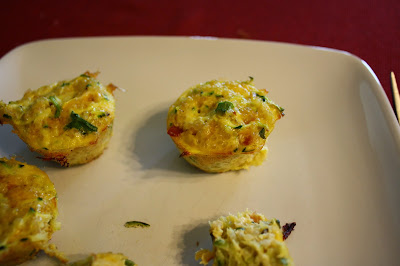The thing that really put me on a quest, though, was these ginger-infused pear pancakes. It sounds simple in theory: add ginger-infused pear chunks to regular pancake batter. But not only were the ginger and pear hard to pick out, but the recipe I used was not up to my expectations. And I think that all of this left me feeling a bit… restless. I realized that I do not have a good go-to plain pancake recipe. The ones I make most often are for beet and quinoa pancakes, but I wanted a “regular” recipe where I did not taste the baking powder. I decided to remedy that. I went through all my bookmarked recipes and decided to tackle the ones that don’t call for separating eggs and beating egg whites (I’ll get to those later). I started with Rosa Parks’ “featherlite” pancakes, where the secret ingredient is… peanut butter. Now, I understand that Rosa Parks had bigger fish to fry than worrying about allergens, but wow, what a treacherous place for peanut butter! The pancakes spread a lot and were indeed fluffy, but they tasted too much like baking powder to me, and they were quite fragile (they tore easily).
Then I finally found two recipes that are keepers (I’d have to do a taste-off at some point). The first bills itself as the world’s best pancake recipe. It calls for 2 cups of buttermilk, which is not lactose-free, and that’s what had kept me away. For such a large quantity, it will make a difference in taste if you use soured milk instead of real buttermilk. But then it hit me: what they sell at the grocery store isn’t real buttermilk anyway – it’s also soured milk! So I decided to make a lactose-free substitute with lemon juice, and it worked out beautifully (though next time, I’d use a mixture of yogurt and milk, for extra authenticity). I got 10 pancakes that held together well and were delicious!
Buttermilk Pancakes
2 cups flour
2 Tbsp. sugar
4 tsp. baking powder
1 tsp. baking soda
1 tsp. fine salt
2 cups buttermilk (1 cup yogurt OR 2 Tbsp. lemon juice AND add lactose-free milk to make 2 cups)
4 Tbsp. melted butter or margarine
1 tsp. vanilla extract
2 eggs, beaten
In a large bowl, whisk together the dry ingredients.
In a medium bowl, whisk together the wet ingredients.
Add the wet ingredients to the dry and whisk until just combined. Fry in a pan with butter or oil. Top with maple syrup and devour. (The recipe below has more detail if you need it.)



The other recipe I tried is called lofty buttermilk pancakes, and while you do have to separate the eggs, there’s no need to whisk the whites. The pancakes were nice and fluffy, even though there’s less baking powder than in the recipe above. I’ll reproduce the original recipe below, but I halved it when I made it and got 6 pancakes. Note that in both recipes, I used white whole wheat flour instead of white flour, because that’s how I roll. I used lactose-free milk with lemon juice here as well. These were great, another keeper!
Lofty Buttermilk Pancakes
2 ½ cups flour
2 Tbsp. sugar
1 ½ tsp. salt
1 tsp. baking powder
1 tsp. baking soda
2 large eggs, separated
2 cups buttermilk (see above for substitute)
½ cup milk
10 Tbsp. unsalted butter or margarine, melted and cooled
Whisk the flour, sugar, salt, baking powder, and baking soda together in a large bowl.
In a separate smaller bowl, whisk the egg yolks, buttermilk, and milk. Add the melted, cooled butter and whisk until well combined.
Pour the yolk and milk mixture into the flour mixture and stir with a wooden spoon until barely combined. Add the egg whites and stir just until a thick batter is formed. Set aside for 5 minutes.
Heat a large skillet over medium-high heat. When hot, film with ½ teaspoon of neutral oil such as canola oil. After about 30 seconds, when the oil shimmers but is not smoking, lower the heat to medium-low and use a ladle to drop in pancake batter. Cook for about 2 ½ minutes. (If the pancake scorches or the oil smokes, lower the heat.) When the bubbles that form on the edges of the pancakes look dry and airy, use a thin spatula to gently lift one side and peek underneath. If the pancake is golden brown, flip and cook on the other side for 2 to 2 ½ minutes, or until the bottom of the pancake is golden brown. Repeat with remaining batter.
Serve as soon as possible, with butter (or margarine) if you want and warm maple syrup.






































